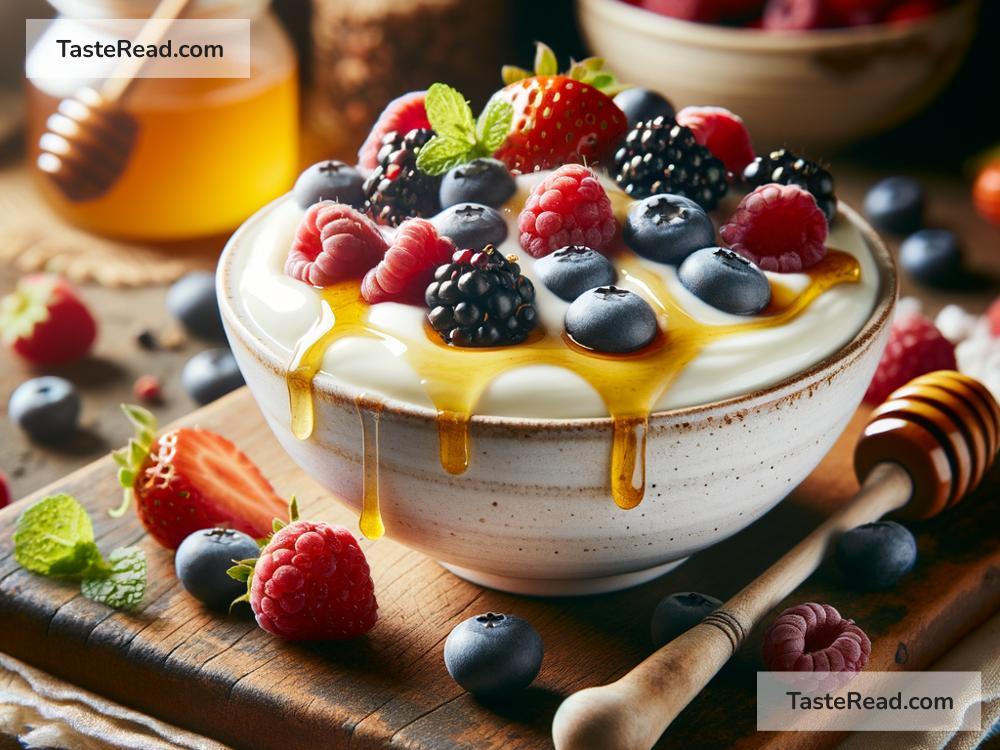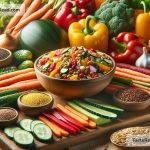Cooking with Minimal-Processing Dairy Products: A Healthier and Tastier Approach
In recent years, there has been a growing movement towards eating more natural and less processed foods. Among the various food categories, dairy products have received significant attention due to the differences in taste, nutritional value, and health impacts between their heavily processed and minimally processed counterparts. Cooking with minimal-processing dairy products is not only a step towards healthier eating but also an exploration of flavors that can greatly enhance your meals. Let’s dive into the world of less processed dairy and discover how it can transform your cooking.
What are Minimal-Processing Dairy Products?
Minimal-processing dairy products are those that have undergone minimal treatment from their original state. Unlike their heavily processed counterparts that may have additives, preservatives, and have been altered significantly from their natural state, minimally processed dairy products are closer to what nature intended. Examples include raw or pasteurized milk from cows, goats, or sheep, natural cheeses, yogurt without added sugars or preservatives, and butter with no added colors or flavors.
The Benefits of Using Minimal-Processing Dairy
Nutritional Integrity:
Minimal-processing ensures that the dairy products retain most of their natural nutrients such as vitamins, minerals, and beneficial enzymes. For instance, raw milk contains a rich array of vitamins including Vitamins A, B, and D, as well as minerals like calcium and phosphorus which are essential for bone health.
Enhanced Flavor:
The taste of dairy products that have been minimally processed is often richer and more complex. This is because the natural flavors have not been diluted or altered through the addition of artificial ingredients. Cheeses made from raw milk, for example, have distinctive tastes that vary depending on the diet of the cows and the specific cheesemaking process used.
Supporting Local Farmers:
Opting for minimal-processing dairy usually means you’re purchasing from local or smaller-scale farmers who prioritize animal welfare and sustainable practices. This not only benefits the environment but also supports the local economy.
Incorporating Minimal-Processing Dairy into Your Cooking
Start with Breakfast:
Begin your day by switching to natural yogurt or milk in your breakfast. Use natural yogurt in your smoothies or as a topping for your granola. If you enjoy milk with your cereal or coffee, try using raw or pasteurized milk from a trusted local source.
Elevate Your Baking:
Use butter from grass-fed cows in your baking. This not only adds a depth of flavor but also means your baked goods are free from the artificial ingredients found in many commercial butters. Moreover, using full-fat dairy like natural cream in your pastries can improve texture and richness.
Cheese, Please:
Experiment with natural cheeses in your cooking. Each cheese variety offers a unique taste that can elevate simple dishes. Whether it’s grating some sharp, raw milk cheddar over your tacos or crumbling blue cheese in your salads, the possibilities are endless.
Sauces and Soups:
For creamy sauces and soups, opt for cream and milk that are minimally processed. Not only do they contribute to a better texture, but they also add a creaminess without the need for thickeners or emulsifiers found in some processed products.
Homemade Desserts:
When making desserts, choose natural ingredients. Whip cream from minimally processed heavy cream for a decadent topping, or create custards and ice creams with raw milk for a dessert that stands out.
Tips for Transitioning to Minimal-Processing Dairy
- Start Small: Begin by substituting one or two products at a time.
- Read Labels: Look for products with fewer ingredients and names you recognize as natural.
- Visit Local Markets: Farmer’s markets are great places to find minimally processed dairy products and to ask farmers directly about their processes.
- Storage Matters: Since minimal-processing dairy doesn’t contain preservatives, it may have a shorter shelf life. Be mindful of expiration dates and store products properly.
Cooking with Minimal-Processing Dairy: A Joyful Journey
Embracing minimal-processing dairy products in your cooking is about more than just health; it’s a culinary journey that fosters creativity, supports sustainability, and brings distinct flavors to your meals. By choosing these natural and less processed options, you not only elevate your dishes but also contribute to a larger movement of mindful eating and responsible consumption. Happy cooking, and enjoy the rich, authentic tastes that minimal-processing dairy has to offer!


